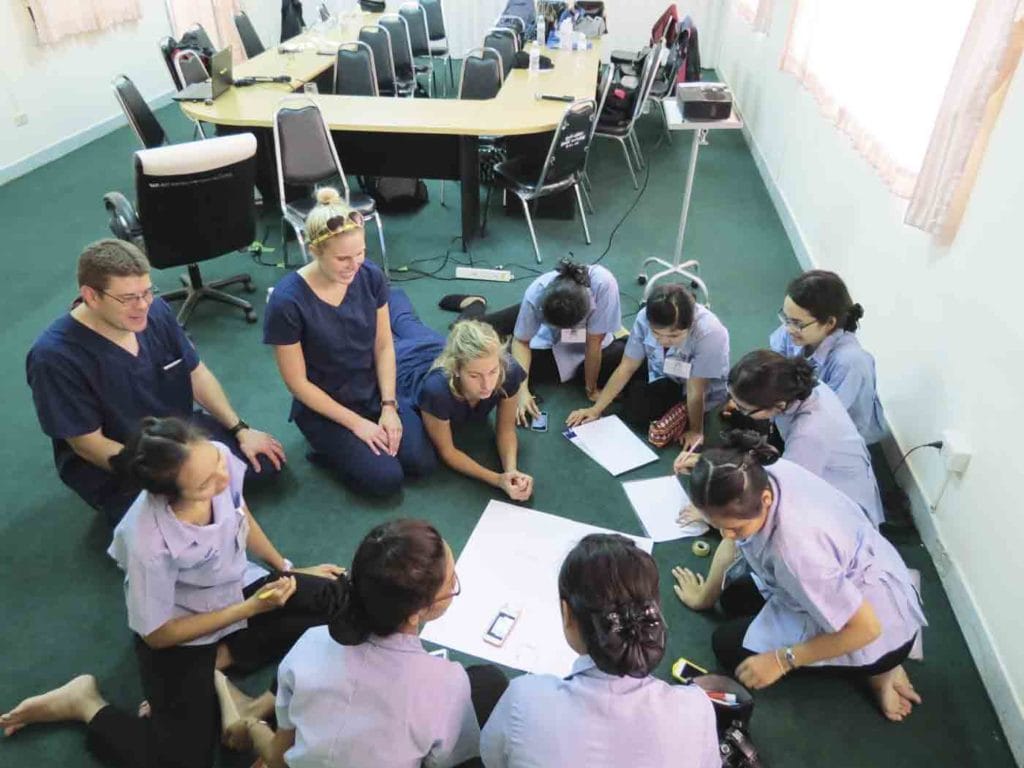Tag: University of Michigan
Taming Staphylococcus aureus in the eczema skin microbiome

Atopic dermatitis, commonly known as eczema, is a skin condition that affects millions of people globally. The bacteria Staphylococcus aureus – a common and normally harmless member of the skin microbiome that can turn nasty in certain circumstances – has been linked to this condition. A team at the University of Michigan, USA, led by Drs Gabriel Núñez and Seitaro […]
Read More… from Taming Staphylococcus aureus in the eczema skin microbiome
The role of gut microflora in mucosal immunity

The microbiome is of recent interest in mucosal immunity. Dr Gary Huffnagle and colleagues at the University of Michigan have identified a variety of intestinal microflora members which can metabolically communicate with host cells and regulate mucosal immunity. Accumulating evidence suggests that various metabolites produced by hosts and microbiome members and their crosstalk are more important than previously thought. Understanding […]
Read More… from The role of gut microflora in mucosal immunity
Sensing in a disordered environment

Dr Farzan Beroz has developed a physical theory of sensing that predicts cell behaviour. Cells measure stiffness by pushing and pulling on their surroundings. However, because their tissue surroundings are disordered, it has been unclear what information cells actually learn by probing. Dr Beroz estimated what a cell learns and predicted that some cells change their shape and move around […]
Understanding statistical significance of subgroups in the data science era

Statistical models are routinely used to derive inferences from large amounts of data. They directly impact several disciplines, including precision medicine and individualised learning, which rely on information concerning individuals and groups to make predictions on the expected effects of a specific intervention on population subgroups. Although it is relatively easy to find impressive-looking associations in big data, for instance […]
Read More… from Understanding statistical significance of subgroups in the data science era
Expanding capacity of non-communicable disease research and training in Thailand

Dr Kathleen Potempa is Professor at the School of Nursing in the University of Michigan, where she served as Dean from 2006 to 2016. A globally renowned leader in nursing, education and science, she has a long academic career focusing on cardiovascular fitness in physically impaired populations, nursing, leadership, and community-based approaches to improving health. She is currently collaborating with […]
Read More… from Expanding capacity of non-communicable disease research and training in Thailand
Synthetic cells have senses too

What defines a living cell? How to capture the molecular essence of life? These fundamental questions underpin the collaborative research programme led by Prof Allen Liu at the University of Michigan and Prof Vincent Noireaux at the University of Minnesota. The pair uses molecular components to construct prototypes of synthetic cells displaying the minimal characteristics of life. Their ‘cell analogs’ […]